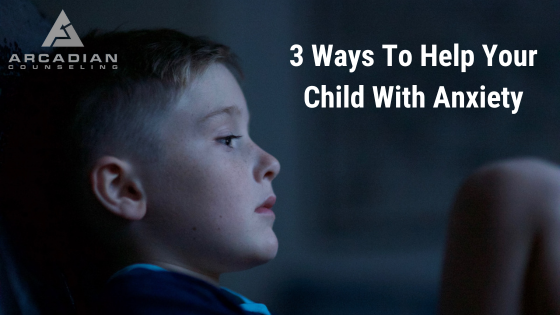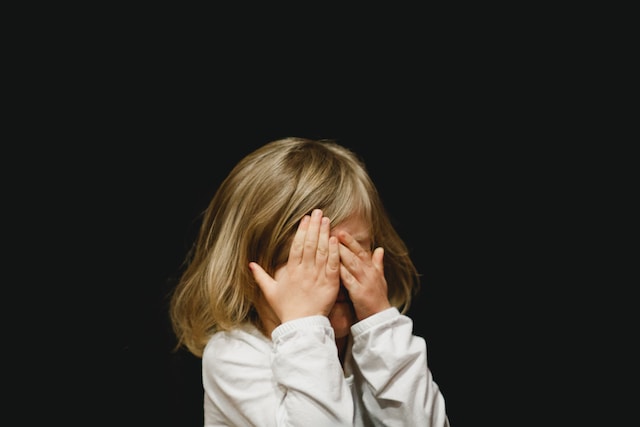Childhood should be a wondrous and exciting time. But even a child who grows up in a loving and stable family environment will feel fear and anxiety. And this is OK! So if you want to help your child with anxiety, there are a couple key concepts to understand and components to incorporate.
Think back on your childhood. Everything new was something to be not-so-sure of. It was easy to feel a bit anxious on the first day of school or meeting someone for the first time. A child understandably often feels anxious at bedtime, having to go to the doctor or dentist, or on their first day of summer camp.
When children experience anxiety, they may run away, become very quiet, scream, shake, act silly, cling or have a tantrum to avoid the stressful situation. You probably have tried to talk with your child and reason with them in these moments. But this generally doesn’t work.
Research reveals that it’s extremely difficult for young children to think logically or control their behavior in these anxious moments (Guess what? It is for adults too!). They are experiencing real fear and the fight/flight/freeze mode that accompanies it.
3 Science-Backed Ways to Help your child with anxiety
1. Stimulate Their Vagus Nerve

One of the most effective ways to help your child with anxiety is to teach them how to tap into the vagus nerve to relax their body.
The vagus nerve is located on both sides of the voice box. Studies have shown that stimulating it can interrupt the fight/flight/freeze mode and send a signal to your brain that you are not under attack.
Some easy ways to help your child stimulate this nerve are:
- Have them chew gum
- Hum or sing
- Gargle with regular warm water
- Eat a piece of dark chocolate (this is also a parasympathetic regulator)
- Long, slow exhalations
2. Help Them Slow Their Breathing
Like adults, when children are anxious they tend to take rapid shallow breaths from the chest. Taking slower, deeper breaths from the abdomen sends a signal to their brain that they are safe and can relax.
Older children may be able to follow you as you show them slow breathing exercises. For younger children, there are some playful ways to get them to slow down and control their breathing. You can have them blow bubbles, blow into a pinwheel, imagine your fingers are birthday candles and have them slowly blow them out, teach them to whistle and simply see if they can hold their breath for three seconds as if they were swimming.
3. Be Silly

Sometimes a great way to help your child with anxiety is to just be silly and get some laughs in.
Research also suggests that humor can significantly reduce anxiety. Humor has a way of distracting, relaxing muscles and releasing endorphins that fight stress and anxiety.
Try silly knock-knock jokes or word games like “I went on a picnic.” A quick internet search will result in a ton of corny jokes that your youngster will most likely love, so print some out and have them on hand.
Anxiety is a natural and normal part of life and if you use these techniques, you may be able to help your child manage theirs. If you feel like the anxiety your child is experiencing may be more severe that what seems appropriate, or if it is interfering with daily life, find an awesome therapist you like and trust to help.
James Killian, LPC is the Principal Therapist & Owner of Arcadian Counseling in Greater New Haven, CT where they specialize in helping over-thinkers, high achievers, and perfectionists reduce stress, increase fulfillment and enhance performance so they can move From Surviving To Thriving.


